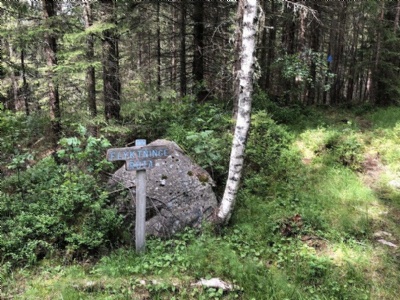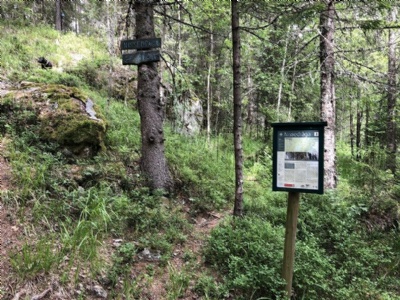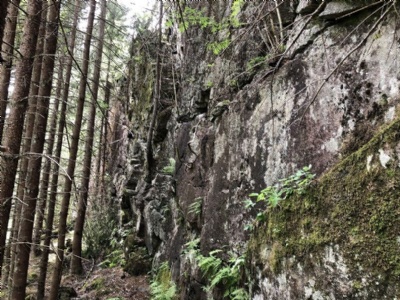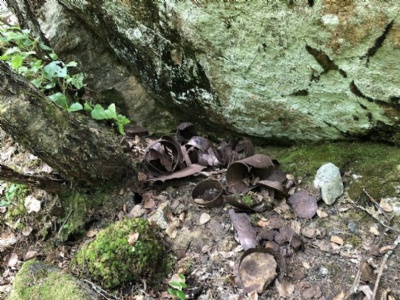Skillingmark
Shortly after the Germans invaded Norway in April 1940, the norwegian resistance movement began to seek contacts with swedes who lived next to the border. From the Norwegian side they were looking for a cottage or a farm where refugees and resistance men could stop to get food and recover after crossing the border. In the area of Skillingmark in western Värmland there was a remote farm called Mörkerud. The farm was owned by siblings Ola and Lina Olsson and became during the war an important courier link between the Norwegian resistance movement (Milorg) and its contacts in Sweden.
In the upper floor of the cottage, both refugees and resistance men could stay overnight before continuing their journey, sometimes further in Sweden and sometimes back across the border to Norway. In addition to resistance fighters and refugees, intelligence, money and equipment were also brought in both directions, mainly back and forth the Norwegian legation in Stockholm. Ola acted himself many times courier for the pick-up and drop-off of ”Courier post”. In the summer of 1941, the Soviet ambassador, Aleksandra Kollontaj, who had to leave Norway after Germany invaded Soviet Union escaped through Mörkerud. From the autumn of 1943, Mörkerud also housed members of the Norwegian agent group Hector.
In december 1944, germans, swedish authorities and local police suspected something was going on at Mörkerud, some german-friendly, others not. Carrying out courier activities was not always in line with Swedish law and it happened that Norwegian citizens were convicted of spying against foreign powers (implicitly Nazi Germany). In all haste the activities at the farm were moved to a ravine called Nissedråga, only about 300 meters from the Norwegian border. Here they lived in unheated tents and in primitive conditions.
Nissedråga was even more secluded than Mörkerud and the place could only be found with local knowledge. The fear and anxiety was always present and the ski tracks created a concern that they would be discovered. However, the site was never discovered and the agent activities could continue undetected until the end of the war in May, 1945. About 500 meters from Nissedråga is a cottage called Långebäck which also became a stop for people who crossed the border. the famous German deserter, Willi Jutzi, spent the night in the cottage together with his fiancee in 1941.
Current status: Preserved with information board (2020).
Location: 59° 50' 44.89" N 11° 51' 45.72" E (Nissedråga).
Get there: Car.
Follow up in books: Gilmour, John: Sweden, the Swastika and Stalin - The Swedish Experience in the Second World War (2011).




Nissedråga is located along a refugee route that starts in Norway and is one of the refugee routes used during the war. The gorge is located about 300 – 400 meters from the gravel road and is easy to find if you follow the trail. There is a small information board on the site and actually there is some rusty cans left at the ravine as a reminder of the events that took back then. Mörkerud is also left but is located within private land and the cottage Långebäck is rebuilt.